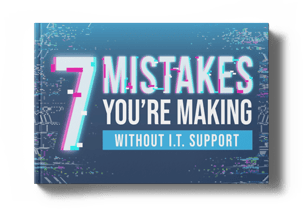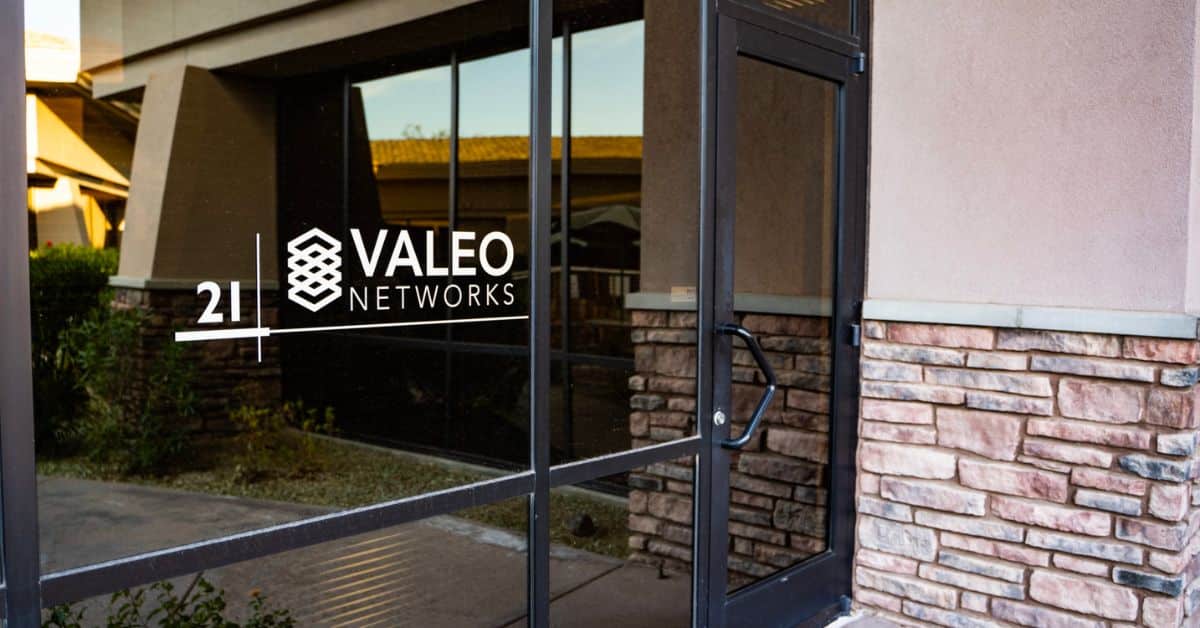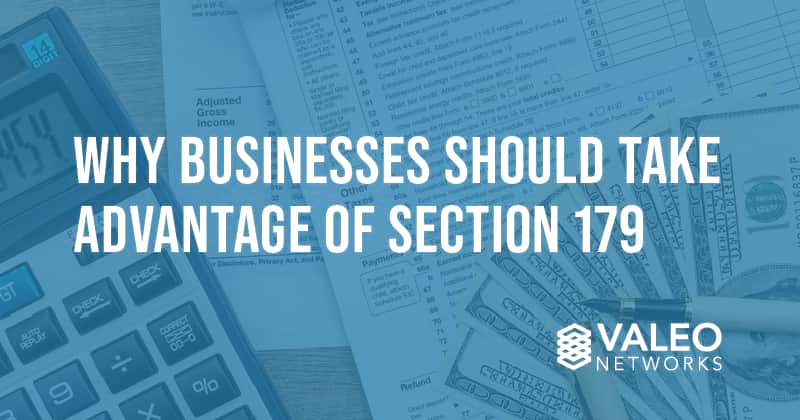Microsoft Confirms Release of Windows 10 “May 2019” Update
Microsoft will roll out its latest update to the Windows 10 operating system in May. Originally code named “I9H1” and slated to land in April, the...

Cloud migration is relatively new in the technology world. It has proven challenging for small and medium-sized businesses because of smaller budgets, smaller IT teams (if any at all) and a lack of understanding of Cloud Environments.
As you may or may not know, there are three types of cloud options to choose from; private, public or hybrid. Private clouds provide exclusive access, more flexibility and greater control. Built internally, private clouds will provide the most privacy and only allow your employees access through secure methods. Although a costlier option, this may be the safest way to ensure your data is secure.
For smaller businesses the public cloud may be right for you. Public clouds also provide security and offers remote access. Examples of public clouds include Google, Microsoft, IBM and AWS. Public clouds provide flexibility, cost-effectiveness and are always up-to-date on the latest technology.
Want a combination of these two options? Check out the hybrid cloud. The hybrid cloud uses a mix of public and private clouds. It leverages the flexibility of a public cloud and the size of a private cloud.
So once you decide on one of the above options, then comes the tricky part. How do you actually migrate your data to the cloud of your choosing and what are the risks? Mid-sized companies are finding this migration more challenging than small and large companies because they often have more complex requirements than small businesses and fewer resources than large enterprises.
First, it is highly-recommended that you enlist the help of IT professionals experienced in cloud migration, if you don’t have a few already on your team. Not only is the process complicated, but you risk losing your data all together if the transfer isn’t executed correctly.
Here are a few things to consider that may ease the transition.
Cloud computing technology is now used by at least 70 % of U.S. organizations, according to IDG Enterprise’s 2016 Cloud Computing Executive summary. This number is expected to grow further, as 56% of businesses surveyed said they were working on transferring more IT operations to the cloud.
Forbes recently reported, “The chief benefits listed by organizations that have successfully moved to the cloud include increased efficiency, ease of access, simpler administration and management, and overall lower costs.”
Want to learn more about migrating to the cloud? Valeo Networks has experience in cloud migrations and has formed strategic partnerships many of the major cloud providers, allowing us to offer great pricing to customers. Contact Valeo Networks at 800-584-6844 or via sales@saalexIT.com anytime.


Microsoft will roll out its latest update to the Windows 10 operating system in May. Originally code named “I9H1” and slated to land in April, the...

For those who are not familiar with ransomware or how it works, it is a kind of malware that locks critical digital resources and forces the owner to...

Leverage the Section 179 tax deduction to save on your equipment and infrastructure needs Many companies may not realize they can save a significant...

With cutting-edge technology and quality customer service,
you’ll find everything you need to help your company soar
with Valeo Networks.
1006 Pathfinder Way
Rockledge, FL 32955
Business Hours:
M-F: 8AM-9PM
© 2024 Copyright Valeo Networks. All Rights Reserved.